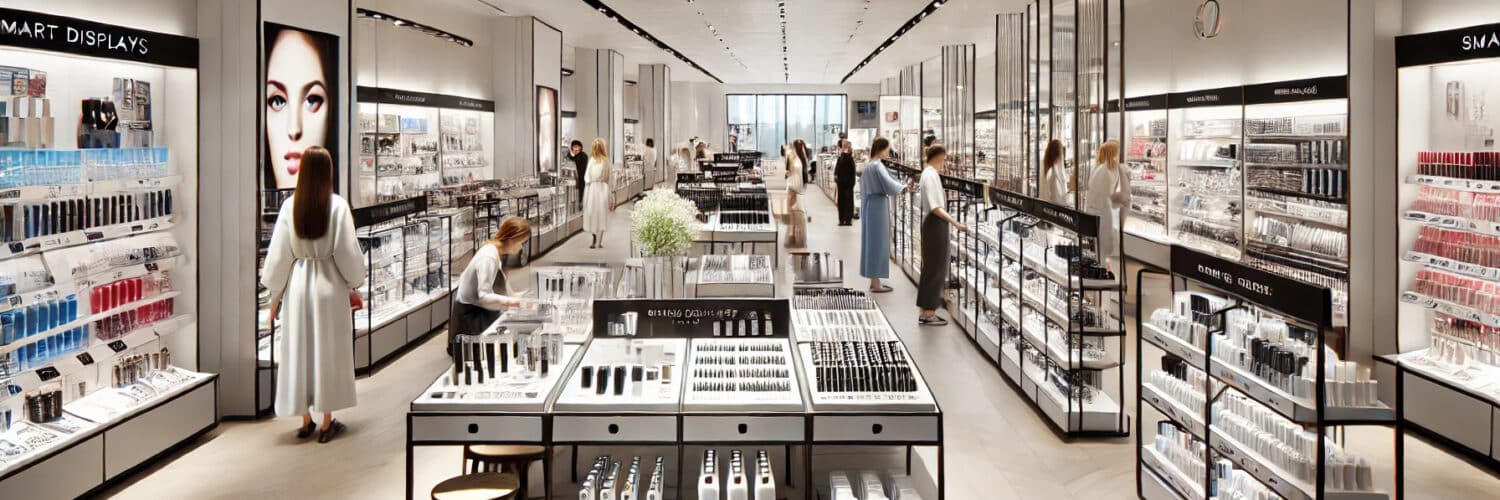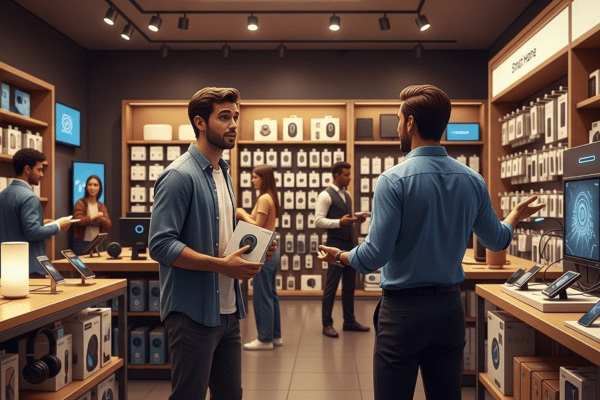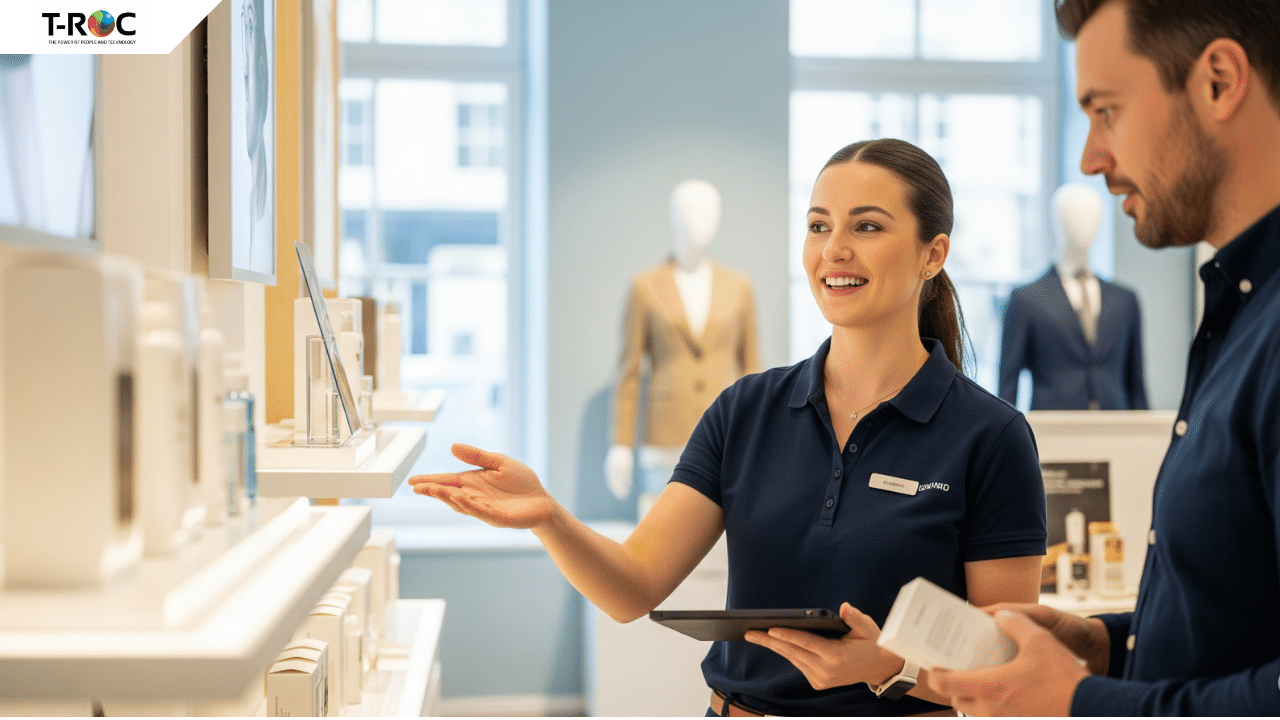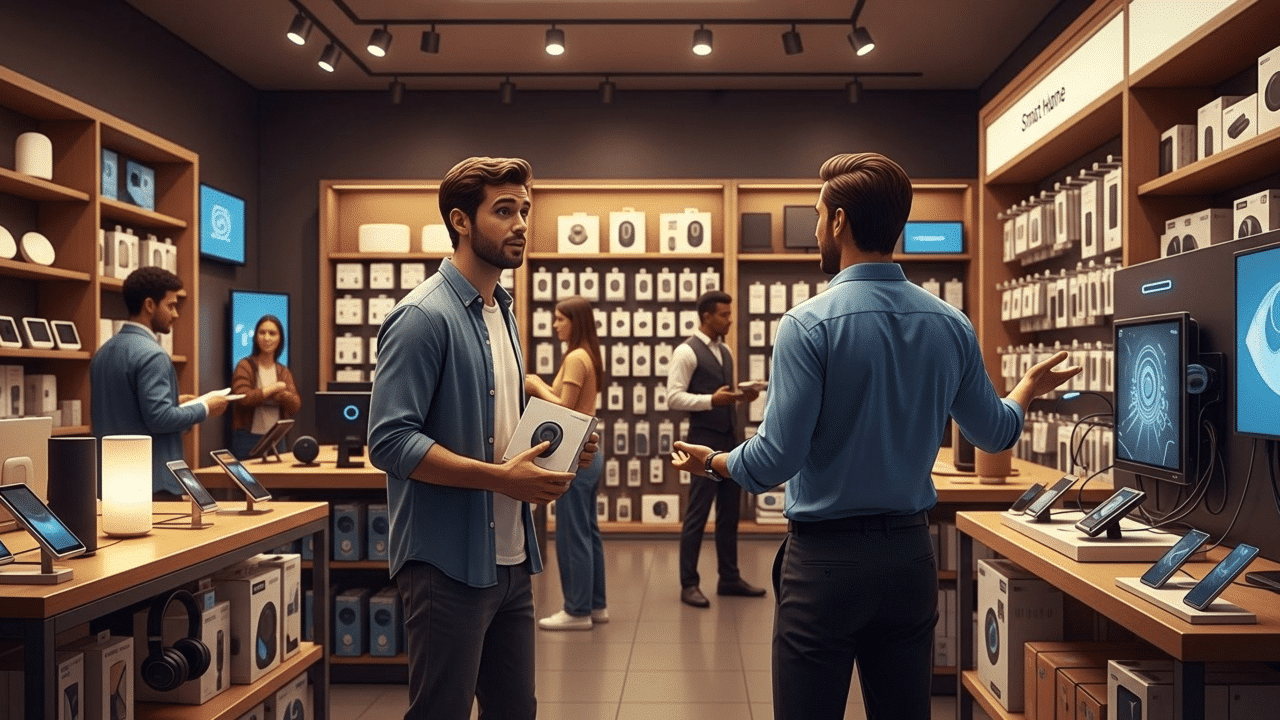
Retail Merchandising Secrets: What Top Stores Don’t Want You to Know
Try on apparel in a physical store and return rates plummet to single digits. Shop online and watch them soar to 70% due to fit issues. These numbers tell a powerful story about why retail merchandising matters more than ever in our digital-first world. The proof extends beyond statistics – during UK lockdowns, 74% of shoppers admitted missing the traditional brick-and-mortar experience.
At T-ROC, we’ve seen firsthand how strategic merchandising drives in-store success. One simple product shift—from a middle shelf to a feature endcap—can lift sales by 25%. While online shopping offers convenience, physical retail lets us guide consumer decisions with real-world touchpoints and immersive product presentation.
This guide unpacks the insider techniques top retailers use to boost sales, enhance the shopping experience, and build brand loyalty. From seasonal planning to behavior-driven display tactics, these proven approaches are essential for every modern merchandising team.
Decoding What Is Retail Merchandising Today
Retail merchandising has evolved far beyond wooden shelving and handwritten tags. It now blends design, data, and behavioral psychology to engage customers across every sensory level. According to McKinsey, even as e-commerce grows, in-person stores still drive up to 85% of all purchases, making well-executed merchandising a key sales driver.
We’ve seen that shoppers today expect more than products. They want experiences—personalized, engaging, and seamless. This expectation has transformed store layouts into storytelling hubs. Visual merchandising is no longer a finishing touch—it’s the foundation for brand immersion.
And technology is at the core of that evolution. AI and analytics now allow us to optimize product placement and traffic flow. For example, retailers like Zara and Uniqlo use data to determine which product displays to rotate based on location-specific demand.
To learn more about how experience design can fuel in-store growth, check out our insights on Retail Merchandising Trends.
Data-Driven Display Tactics That Actually Work
The power of in-store analytics can’t be overstated. We use tools like retail heatmaps and shopper journey tracking to uncover which areas receive the most traffic—and adjust displays accordingly.
Modern retail environments rely on advanced tools such as:
- Wi-Fi and Bluetooth tracking to map shopper movement
- Smart lighting and sensors to identify high-engagement zones
- Loyalty integrations to monitor cross-channel behavior
These insights help us determine where to position key merchandise, when to introduce new product categories, and how to maximize impulse purchase zones.
Retailers like Sephora and Best Buy use heat mapping to fine-tune their layout. One test revealed that simply flipping a product wall placement increased interaction rates by 17%. Learn how strategies like these can be tailored to your brand through our merchandising services.
See How the Right Merchandising Strategy Transforms In-Store Success
📢 Curious about how T-ROC is shaping the future of retail? Dive into our blog for expert insights, real-world success stories, and cutting-edge strategies designed to help brands thrive in today’s evolving market.
🔗 Explore More
Seasonal Merchandising: Planning and Execution
Seasonal merchandising isn’t just about adding holiday décor—it’s about orchestrating limited-time moments that compel consumers to act.
At T-ROC, we plan months ahead to ensure on-time execution and inventory precision. Whether it’s back-to-school or Black Friday, we align every fixture, endcap, and zone layout with shopper expectations. Our clients who implement seasonal swing areas often report a 20–30% lift in promotional sell-through.
Retail Dive recently noted that 52% of general merchandise purchases are impulse-based, making seasonal placement even more critical. We support partners in planning cross-seasonal transitions that reduce markdowns and minimize overstock risk.
Want more inspiration for seasonal execution? Our post on Visual Merchandising Examples shares creative displays that drive urgency.
Cross-Merchandising to Maximize Basket Size
Our merchandising teams know that cross-merchandising isn’t just a suggestion—it’s a growth strategy. Shoppers are far more likely to purchase additional products when complementary items are thoughtfully paired. For example, placing headphones beside mobile phones regularly lifts accessory sales by over 40%.
Retailers like Target and Costco do this exceptionally well. Whether it’s bundling tech with warranties or pairing snacks near checkout, they’re using visual cues to turn single purchases into multi-item baskets.
We help clients implement cross-merchandising plans that feel helpful, not salesy. From grocery to electronics, we build micro-environments that subtly guide customer decisions—and we measure the impact through A/B testing, foot traffic analytics, and dwell time data.
To explore these tactics deeper, check out Unlocking the Power of Visual Merchandising.
Let’s Talk About Your Merchandising Goals
💡 Ready to elevate your brand’s in-store presence and customer engagement? Let’s connect! Our customized solutions are designed to fit your unique retail challenges and drive measurable results.
📅 Book a Meeting with T-ROC








